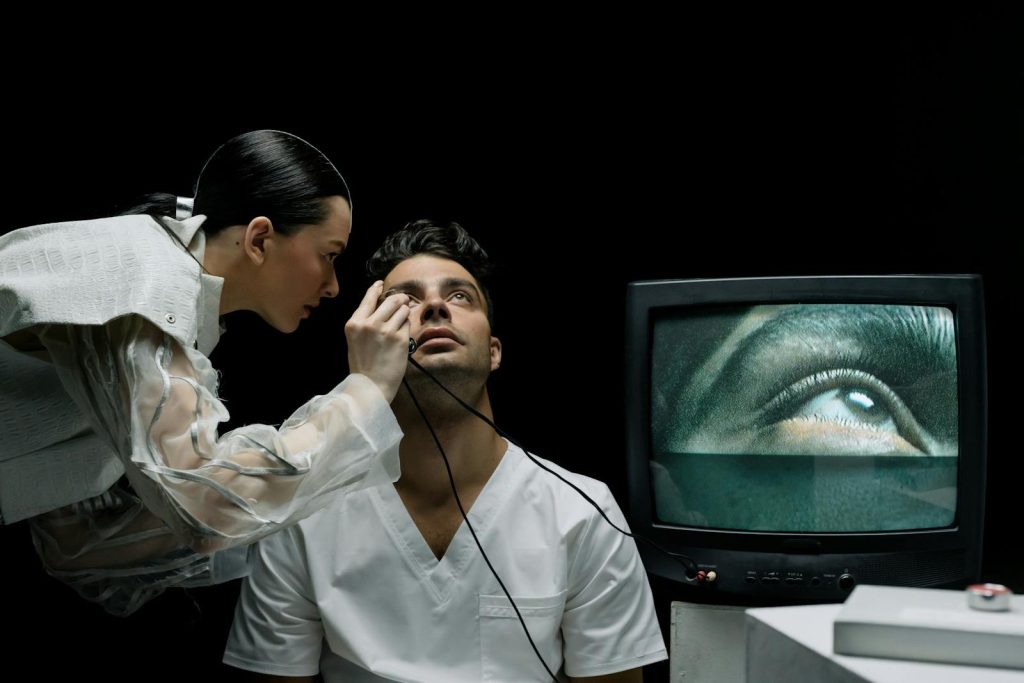
At Eyes on Brighton, we specialize in diagnosing and managing keratoconus with tailored treatment plans designed to preserve your vision. Our experienced team uses the latest diagnostic technology and offers a variety of treatment options based on the severity of the condition:
With our expertise and cutting-edge technology, you can trust Eyes on Brighton to provide effective, compassionate care for your keratoconus needs.
While the exact cause of keratoconus remains unclear, it is believed to have a genetic component. It can also be associated with frequent eye rubbing, chronic allergies, or connective tissue disorders. Common symptoms include:
As the condition advances, vision distortion becomes more severe, and associated issues such as myopia or astigmatism worsen. In some cases, patients experience sudden corneal swelling caused by fluid buildup, which requires immediate attention. If you notice any of these symptoms, seek professional advice promptly to prevent further complications.

At Eyes on Brighton, we specialize in diagnosing and managing keratoconus with a personalized approach:
With our expertise and advanced technology, you can trust Eyes on Brighton to deliver effective and compassionate care for your keratoconus needs.
A precise diagnosis is essential for managing keratoconus effectively. Our optometrists conduct a thorough assessment using state-of-the-art diagnostic tools to determine the severity of the condition and recommend the best course of action. Early detection is key, and at Eyes on Brighton, we specialize in diagnosing keratoconus before it progresses further.

This test measures the curvature of your cornea by projecting a circle of light onto your eye. Irregularities in this curvature can indicate keratoconus.
topography is a detailed photographic assessment that helps map the shape and thickness of your cornea. It provides valuable insight into the early stages of keratoconus and monitors its progression with high precision.
A slit lamp uses a focused beam of light and a microscope to examine the cornea’s structure, detecting any thinning or bulging associated with keratoconus.
This assessment requires an optometrist or an ophthalmologist to use a vertical beam of light and a low powered microscope to evaluate the shape of your cornea and check for any conditions or diseases
Early diagnosis of keratoconus significantly improves the chances of preserving vision and preventing further complications. By detecting keratoconus in its early stages, we can recommend personalized treatment plans that may include prescription glasses, contact lenses, or advanced procedures like corneal cross-linking.

If you’re experiencing symptoms like blurred vision, increased light sensitivity, or eye discomfort, schedule an appointment at Eyes on Brighton. Our team uses the latest technology to diagnose and manage keratoconus effectively. Book your appointment today and take the first step toward clearer, healthier vision.
© 2023 Eyes On Brighton